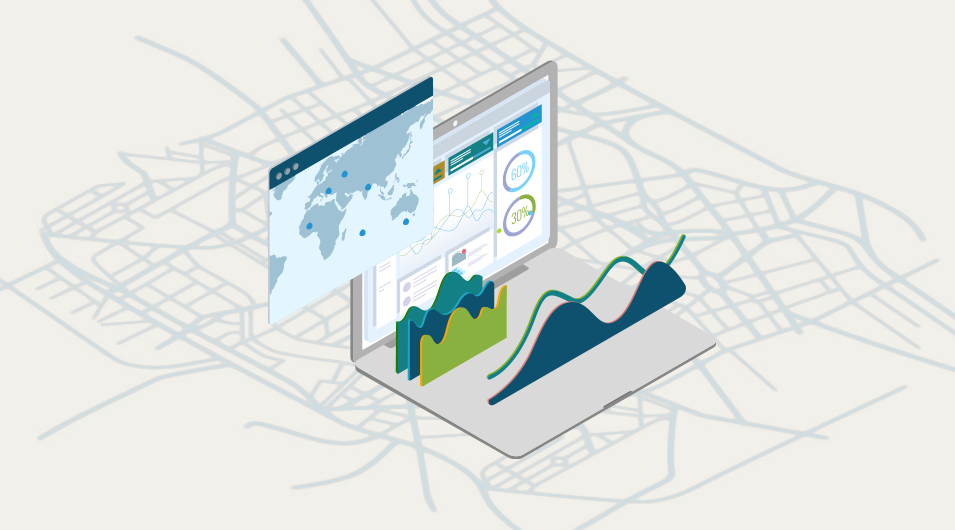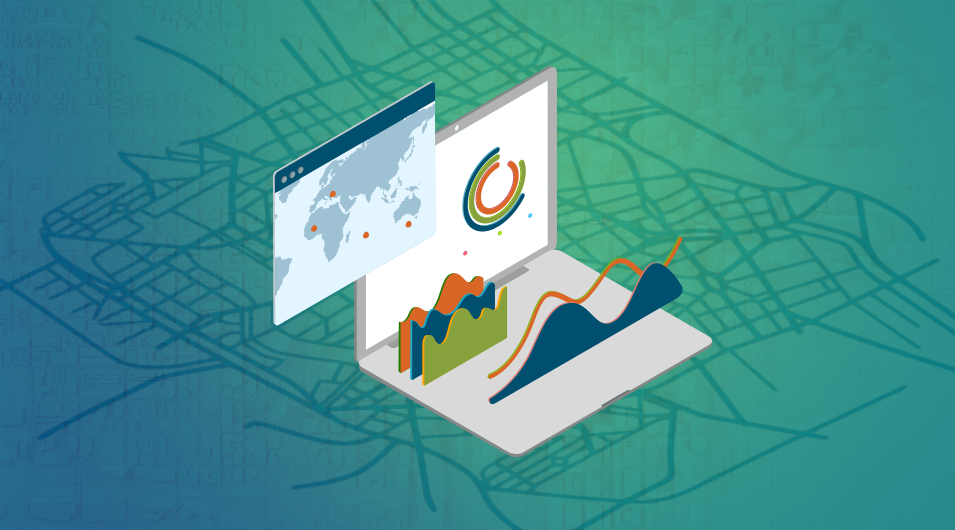Thought Leadership
Hold On to Your Maps: The Value of GIS Professionals in COVID-19 Crisis Recovery

The full impact of COVID-19 on the U.S. is yet to be fully known, but we do know many communities have months of recovery ahead of them and will likely be operating on tighter budgets than ever before. Though city and county leaders in every state are being required to make very tough budget decisions, I’m here today to make the case for the value of GIS professionals in crisis recovery, and for keeping your GIS staff at full capacity.
What is the Value of GIS in Crisis Recovery?
GIS staff are a key component to data management in local government. Utilities, road networks, parcels, environmentally sensitive areas, and other spatial data underpins so much of local government work. It is imperative for the data to be maintained to keep services running smoothly. GIS staff can help ensure local governments have the tools and knowledge to effectively resume normal operations after a shut down while also responding to new issues related to recovery. Continue reading to see how your GIS staff and resources can help.
GIS Staff Keep Essential Operations Running
GIS personnel typically create and maintain datasets for essential assets and services within their local governments. These data are used by most government departments, including the following examples:
- Databases of roads and utilities are used to prioritize repairs and upgrades, which in turn help to set budgets for the fiscal year.
- Assessor’s databases are linked to GIS parcel layers to show residents key ownership or zoning information.
- GIS is used to present spatial asset information to the public, increasing their awareness of local resources and public data.
Prioritizing data updates and digitization allows for increasingly efficient analyses by staff and can lead to improved public engagement on local issues. Increased efficiencies can in turn lead to cost savings. GIS data and personnel help keep essential operations running smoothly from the ground up!
The GIS Staff Have a Positive ROI
Maintaining or even increasing GIS staff and software capacity has been shown to have a positive return on investment (ROI). FLO worked with the Clark Regional Wastewater District (CRWWD), one of the largest sewer service providers in the state of Washington, to implement digital site inspection forms. In the first year, CRWWD reported saving 373 hours of labor (primarily in data entry and recordkeeping), leading to a 60 percent project cost recovery, and project a 160 percent ROI in the next five years.
King County in Washington State had an ROI in 2010 of at least seven times their GIS investment (Richard Zerbe and Associates, 2012), and Philadelphia saw annual operational savings of $1 million per year replacing traffic lights with LED bulbs, a feat accomplished in large part due to the development of a spatial database (ESRI, 2011).
Generally, implementing GIS and data solutions that integrate department data can save money in the following areas:
- Preserve institutional knowledge—Capture your staff’s knowledge before they retire and reduce training hours.
- Improve access to critical data—Fix workflow pain points and break down data silos to make data easy to find and use.
- Increase efficiencies and reduce costs—Streamline time consuming tasks using the latest technologies that are often included with existing GIS licenses.
- Improve your asset management—Reduce your liability and optimize your operations and maintenance.
- Mobilize your workforce with integrated enterprise field solutions
At a time when headlines are filled with impending budget shortfalls, GIS capacity can be maintained or even extended as an essential component of cost-saving measures for government operations.
GIS Staff and Crisis Recovery: The Challenges Ahead
In the upcoming months, local governments will have a new list of challenges because of the pandemic, from broadly affected areas like economic development and health and safety to more specific issues like contact tracing and voting. GIS personnel can provide an advantage in tackling new issues, by creating and managing local datasets, and researching and using relevant public data sources. GIS is already on the front line of providing timely information to the public about COVID-19, and GIS staff can continue to provide information through web maps and dashboards throughout the upcoming year.
Here are seven ideas from our local government experts for using GIS in the year ahead!
- Public Health: Create a map of local COVID testing locations, public health information, and case data. See COVID-19 map examples.
- Social Services: Highlight food banks, libraries, and other locations with services available to the public. See social services map examples.
- Economic Development: Work with local businesses to develop a web map of business information for hours of operation and rules.
- Elections: Display information on polling locations, ballot drop offs, and instructions for voters on where and how to vote. See elections map examples.
- Remote Data Collection: Use tablet- or phone-based data collection platforms for staff to collect and submit data right from the field, without having to bring paper forms to the office. See a remote data collection example.
- Public Engagement: Create surveys and dashboards that help community members stay informed and connected.
- Employment: Use surveys to create a crowd sourced map showing who is hiring in your community.




